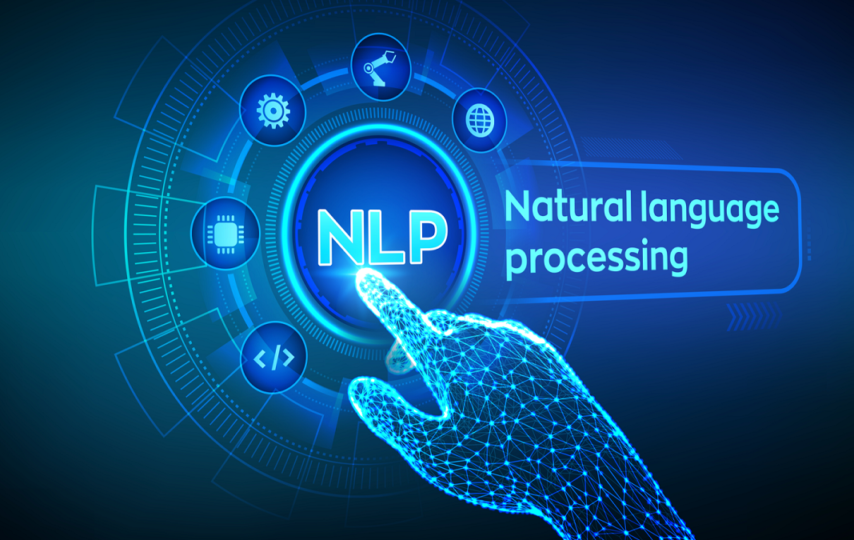It has been around since 1976 and is a collection of tools based on the modeling of successful individuals from a variety of backgrounds. NLP is an abbreviation for neuro-linguistic programming. We build our language and behavior as a result of our experiences and impressions of the world; which is the basic theme of the book. For leaders, the ability to communicate and communicate well is essential. As a result of years of studying and modeling outstanding communicators; NLP develops major skill sets in this area, which are all teachable. Learning and training in NLP may result in significant improvements in communication, image, and one’s position in the world.
The corporate world is teeming with individuals who aspire to do the following:
- get the attention of the boss
- entice consumers and customers to return again and again
- Obtain the best possible quality, pricing, and delivery time from their vendors
- Inspire their staff to go the additional mile to achieve success
- Many issues in the business world can only be overcome via effective communication. This skill set can only be develop via the completion of NLP practitioner training.
What is the significance of NLP?
1. Large amount of written information
Naturally occurring language processing enables computers to speak with people in their native language and to scale various language-related operations. To provide an example, natural language processing (NLP) allows computers to read a text and hear the voice and understand it; as well as evaluate sentiment and identify which sections of the material are significant.
Machines can now evaluate more language-based data than humans, and they can do it without becoming fatigued and in impartial manner. Automation will be necessary to thoroughly evaluate text and voice data promptly; given the enormous quantity of unstructured data that is created every day, from medical records to social media.
2. Creating a data structure
The complexity and variety of human language are remarkable. We have an unlimited number of methods to communicate ourselves, both vocally and in writing. Not only are there hundreds of different languages and dialects, but each language has its own set of grammar and syntax rules; as well as its collection of terminology and slang. When we write, we often misspell or truncate words, as well as neglect punctuation and capitalization. As a result, we have regional accents, mumble, stammer, and borrow terminology from other languages while we are speaking.
While supervised and unsupervised learning, as well as deep learning, are now widely utilize for modeling human language. There is still a requirement for syntactic and semantic understanding, as well as domain expertise, which is not always present in these machines learning approaches to language modeling. In addition to helping to clarify ambiguity in language, NLP is significant because it gives helpful quantitative structure to the data, which is beneficial for many downstream applications, such as voice recognition or text analytics.
3. Textual Data in Massive Quantities
Natural language processing assists computers in conversing with individuals in their native language and in scaling other language-related activities, such as translating documents. To provide an example, natural language processing (NLP) makes it possible for computers to comprehend text, hear a voice, analyze it, assess emotion, and determine which bits are crucial. Today’s robots are capable of analyzing more language-based data than people, without becoming fatigued, and predictably and fairly.
Given the enormous quantity of unstructured data that is generated every day, ranging from medical records to social media, automation will be critical to fully evaluate text and voice data on time and effectively.
Implementation of a Natural Language Processing Solution
1) Acquiring Information
Data from online sources may be classified and extracted using conventional repositories, which can then be utilize for other purposes.
2) Language Processing, both raw and statistical
To provide high-quality search results as well as analytical data.
3) Text mining and information extraction are two terms that are utilize interchangeably
In addition to data collecting and processing, it includes analytics, content classification, content clustering, entity extraction, relationship extraction, and fact extraction, among other things.
- Intelligent Enterprise Search powered by artificial intelligence
Personalization should be improved in search and suggestions.
Bottom Line
Natural language processing is rapidly expanding and diversifying its services to serve companies in a wide range of important sectors like construction, finance, transportation (including aviation), legal, healthcare, and many more. NLP methodologies, when combined with the most up-to-date technology, allow for the conversion of unstructured data into actionable insights.
NLP Development Company can aid you with the creation of a next-generation digital assistant system that is more efficient at reading and understanding the meaning of human language by using our NLP software development skills and resources. They can train data and operate quickly in a variety of applications ranging from chat-bots to business analytics.













